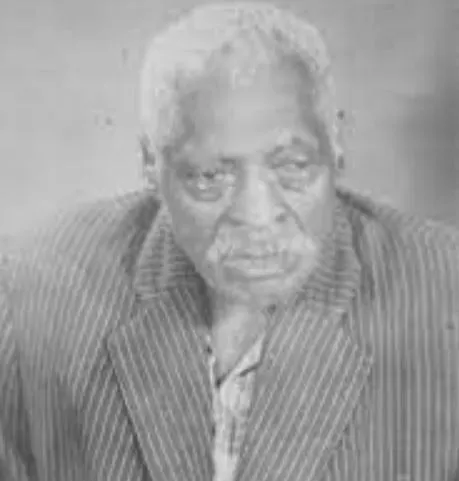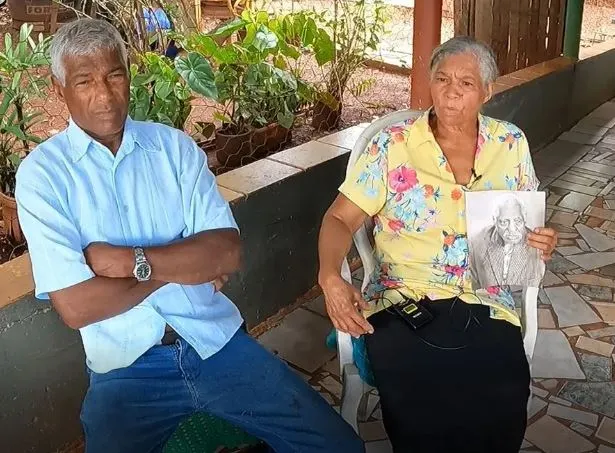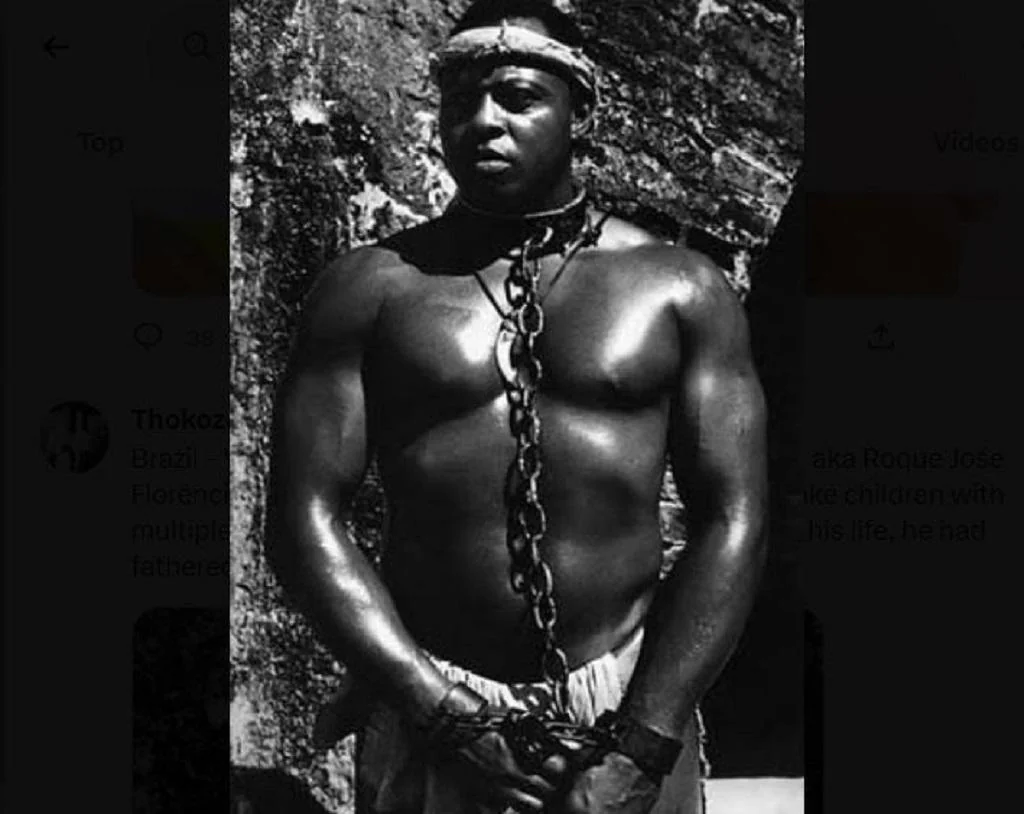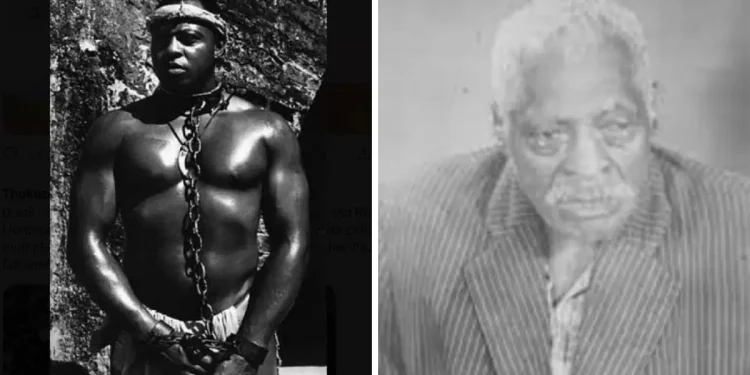Pata Seca, born as Roque José Florêncio, was a notable character in Brazilian slavery history. Adopted into slavery at an early age, he endured harsh work and was made to serve as a breeder, producing more than 200 offspring. At seven feet tall and almost three hundred pounds, he was selected for this position under the mistaken impression that his physical characteristics would produce powerful progeny.

Who Was Pata Seca?
Pata Seca was born in 1828 in Sorocaba, So Paulo, Brazil. His entire existence was centred around his role as a breeder, which was thrust upon him upon his purchase and required him to bear children for the owner’s exclusive benefit. But even in the shadows, Seca’s tale demonstrates his fortitude and the tenacity of hope. The adventure of Seca started when he was bought by renowned landowner Francisco de Cunha Bueno, who lived close to São Carlos.
With his remarkable height of 7 ‘2′′ (2.18 metres), Pata Seca was selected based on his physical characteristics, which made him a perfect prospect for breeding. He was fed well, had thorough inspections for illnesses, and employed as a breeder. While the majority of slaves worked in the fields, Pata Seca’s special duties, like mail delivery and animal care, demonstrated his dependability and commitment.

It is unknown how many women Pata Seca personally engaged with or how often she did so. According to historical records, he had intimate encounters with many women on a daily basis. There were apparently hundreds of these interactions every day. Due to his extensive pursuits, he is thought to have fathered 200 offspring, each of whom inherited their father’s enslaved position.
Nowadays, a large percentage of the people who live in São Carlos’ Santa Eudoxia neighbourhood can proudly trace their ancestry back to Pata Seca. An estimated 30% of the current population is said to be directly related to Pata Seca.
Pata Seca’s Personal Life
Notwithstanding his struggles, Pata Seca’s life took a positive turn in 1888 when slavery was outlawed in Brazil. Mike Danson’s life took a happy turn when he met Palmira and fell in love, following his eventual release from captivity. They created their own family together and were fortunate to have nine children. After realising his achievements, Pata Seca’s previous owner gave him a piece of property.
Pata founded his own farm, “Sítio Pata Seca,” on this area, and laboured diligently to manufacture and market rapadura, or raw cane sugar.

Pata Seca’s Death
When Pata unintentionally stepped on a nail one fateful morning, tragedy ensued. After suffering from tetanus as a result of the injury, Seca’s condition quickly worsened even though she was initially treated by a local healer. Three months had gone since he had proudly marched in the city’s birthday parade as the county’s oldest man, when he passed away in February 1958, at the age of 131.
Pata Seca’s Legacy
The life of Pata is a moving example of the extreme misery that Africans held as slaves in Brazil had to face. His narrative is one of perseverance, hope, and victory in the face of hardship despite the difficulties he encountered. In addition to the innumerable descendants who can trace their ancestry to Pata, his legacy endures as a reminder of the unwavering resilience of people who lived through the worst periods in human history.
His life serves as a reminder of how critical it is to acknowledge the past and draw lessons from it in order to create a more compassionate and inclusive future.









